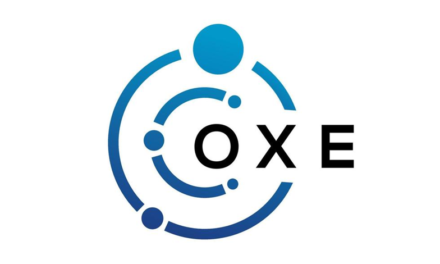Within speech and voice pathology, the Voice Handicap Index (VHI) has emerged as a critical instrument in assessing how much vocal problems affect an individual’s quality of life. Because communication is a daily part of our lives and almost the touchpoint of every profession, fluttering in one’s voice might impact several personal contours as well as professional contours of your routine. In this blog, we will discuss VHI in detail with its significance and how it helps in the treatment of voice disorders or contributes to their understanding.
What is the Voice Handicap Index (VHI)?
The Voice Handicap Index is a tool for self-assessment that evaluates the effects of voice disorders on emotional and social factors. The VHI was created in 1997 by Jacobson et al. and consists of thirty statements to which the patients respond with their perception about voice behavior, physical & functional domains impacting on aspects of quality-of-life due to a change in patient’s vocal production stimuli responses [19]. These responses are divided into three subscales :
Functional: This subscale focuses on handicap level in terms of everyday functioning due to the voice disorder.
Physical: This measures the subjective perception of laryngeal discomfort and voice quality by the patient.
The third category is emotional, which evaluates the emotions or psychological impact of having a voice disorder.
Importance of the VHI
We need the VHI for various reasons:
THE PATIENT: It offers an individual view of how a person is affected by their voice disorder, giving a subjective measure alongside objective clinical evaluations.
Treatment Planning: Clinicians can develop more targeted treatment plans when they understand the areas of a patient’s life that are being affected.
Progress Monitoring: Repeatedly administering the VHI will allow for progress checks of changes and improvements in a patients’ condition over time.
It affords Research and Comparison – this implies that data collection in a standardized format becomes seamless during research, making comparisons from different studies possible.
How is the VHI Administered?
The VHI was usually presented as a questionnaire with which patients were asked to rate each of the 30 statements, from 0 (never) to 4 (always). The overall score can vary from 0 to 120 with higher scores pointing at more perceived handicap due to the voice disorder.
Sample VHI Questions
As an example, here are some questions you can find on the VHI:
Utilitarian: “I’m hard to hear over on account of my voice.”
Physical: I am out of breath when talking.
Emotional: “I get depressed since my voice.”
Using the VHI in Your Clinic
Practitioners have a number of uses for the VHI that can improve patient care:
First Assessment: On the first consultation visit, it helps to be used for a more detailed understanding of quality life impact level baseline.
Treatment Progress: clinicians are able to compare VHI scores from one stage of treatment (e.g. initial evaluation at diagnosis) versus another and thus evaluate the effectiveness of their intervention efforts
Patient Communication: The VHI can be a point of discussion, encouraging patients to elaborate on their complaints and experiences.
What Are the Limitations and Considerations to Keep in Mind?
The VHI, though a robust tool, has several limitations as well. It is based on self-reporting, influenced by patient mood and understanding of the contextual meaning. It should, therefore not be used in isolation as an overall assessment.
Conclusion
Whether those affected by a voice disorder or the masters of our craft, The Voice Handicap Index remains an invaluable instrument in the realm of voice pathology as it grants us mental access to substantial clues which offer compelling stake and insight into their subjective lives. The use of VHI in clinical practice will enable healthcare professionals to deliver personalized and cost-effective services, benefitting patients from a better quality of life.
Appreciating and working towards finding the many-layered effects of voice disorders such as with a tool like VHI is important in advancing good vocal health, to improve quality of life. Empathy for the content and context of VHI responses can enhance your understanding when dealing with patients, but even if you’re not clinical it is a reminder to those interested in voice health that there are outcomes beyond simply improving breathiness or jitter.





